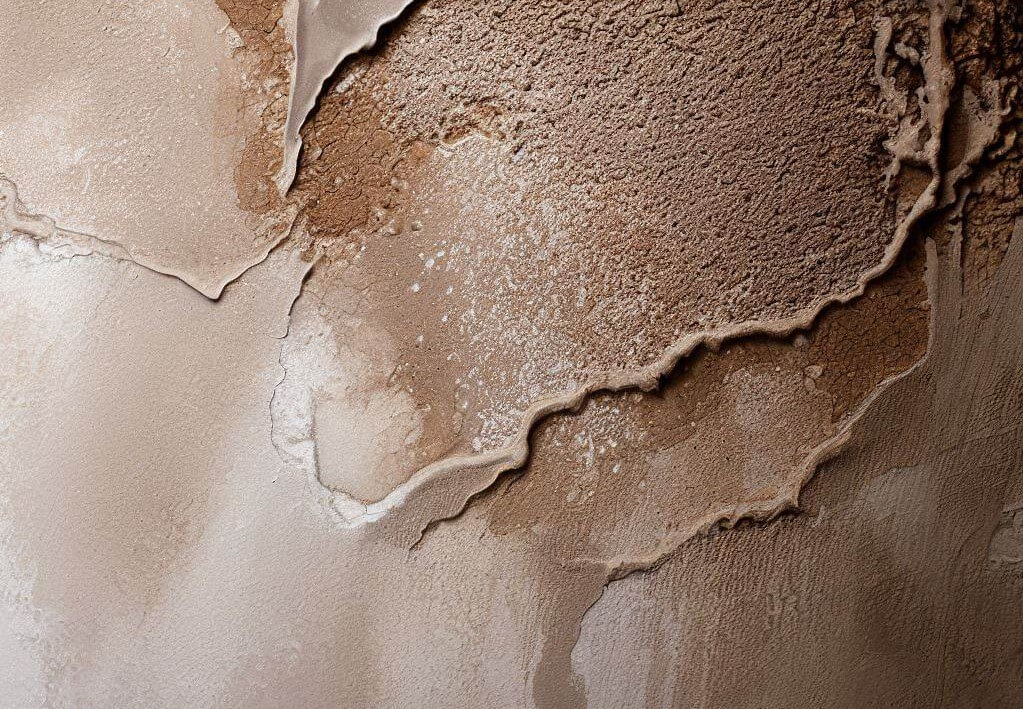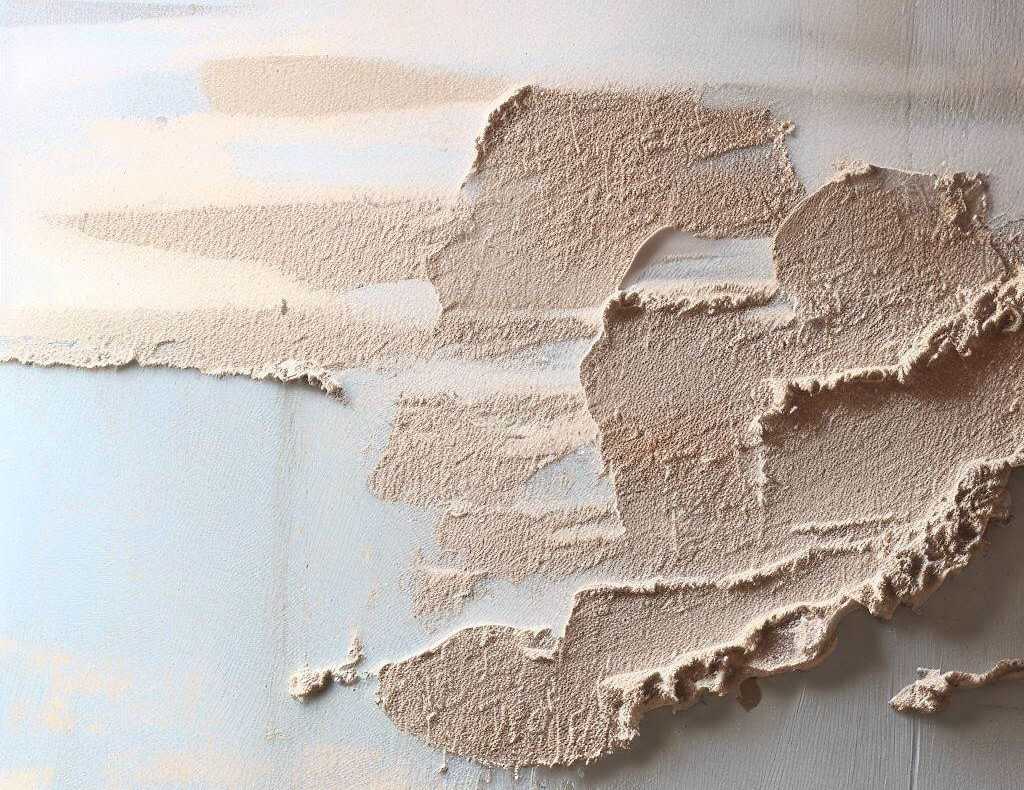Remedies of Plaster Defects
The following measures or remedies should be taken to minimize plaster defects:

1. First of all, The surface which is to be plastered should be properly prepared and well-watered before the plaster coat is laid over it. This will help to prevent water absorption from the plaster.
2. The finished plaster surface should be prevented from being trowelled excessively.
3. The superior quality of bricks should only be used for brickwork.
4. The water used to prepare the mortar should be free from soluble salts.
5. Efflorescence if any should be removed by rubbing the surface with acid with four to five parts of clean water may be prepared and applied on the affected surface with brushes. The surface is lastly washed with clean water.
6. Water should not be used for washing the surface to remove efflorescence, because some soluble salt again may get absorbed with water on the surface and reappear again in the form of efflorescence.
7. The painting work should be carried out after fully removing the efflorescence from the plastered surface.
8. Proper damp proof course should be laid correctly.
9. If you notice a hairline crack on the plastered wall, then apply a thin layer of patching plaster over the crack. In case of larger cracks, widen the crack using a scraper, then apply plaster patching compound over the cracked areas.

10. If you notice a blistered area on the wall, then cut out the blistered area with a utility knife, then clean and scrape the area. Apply a coat of primer, followed by a patching component.
Read More: